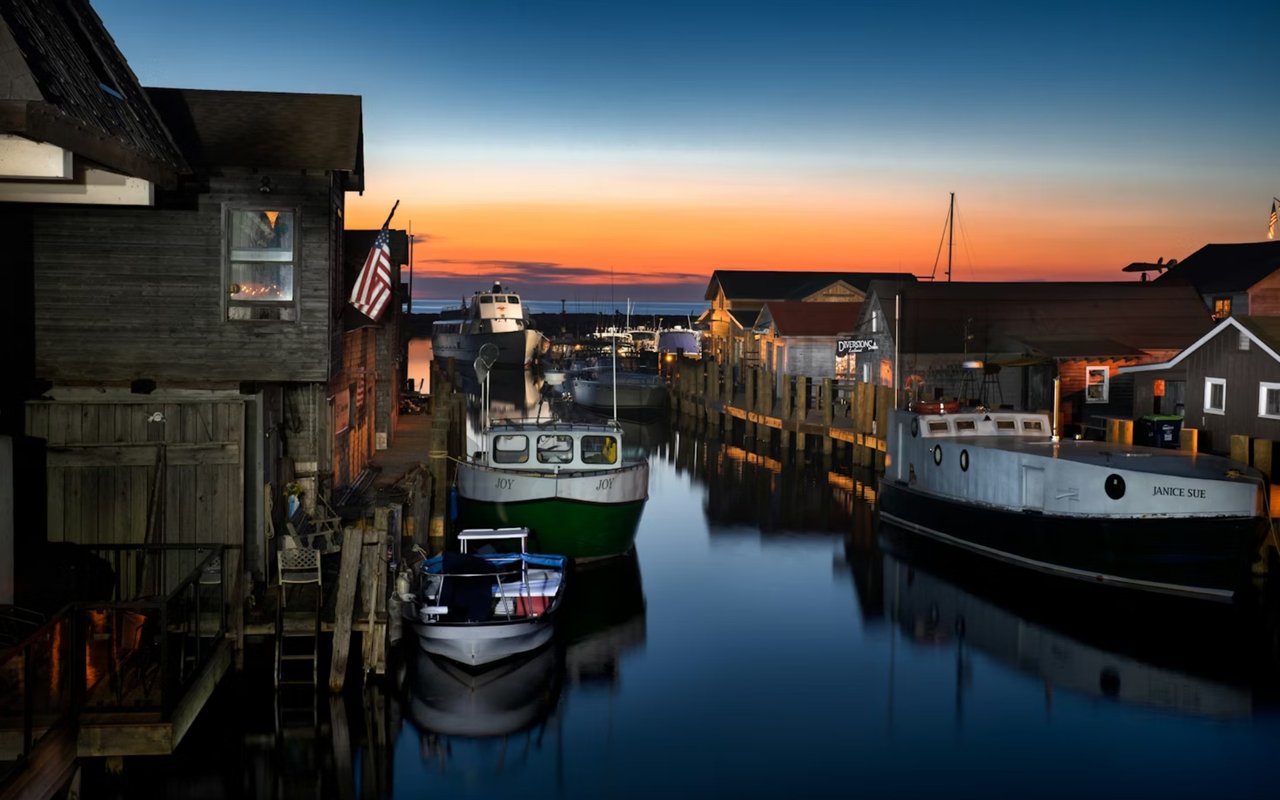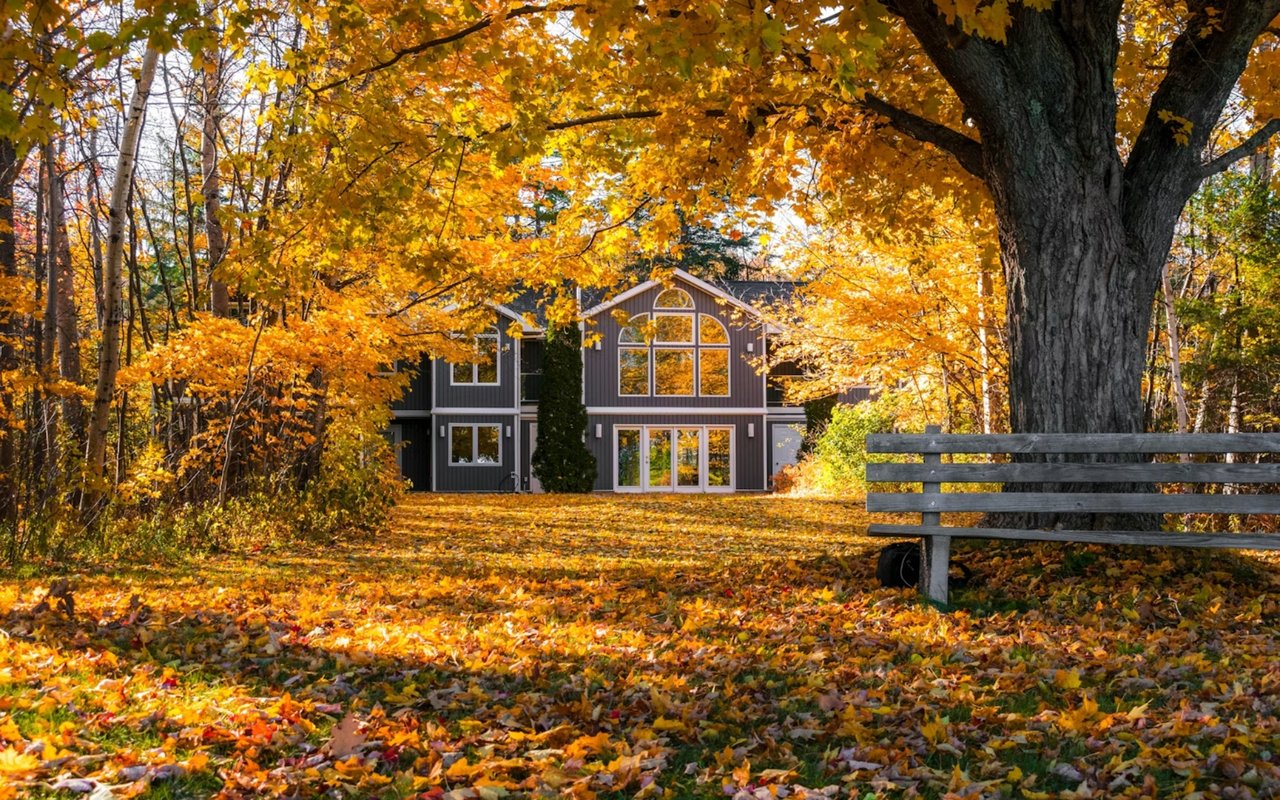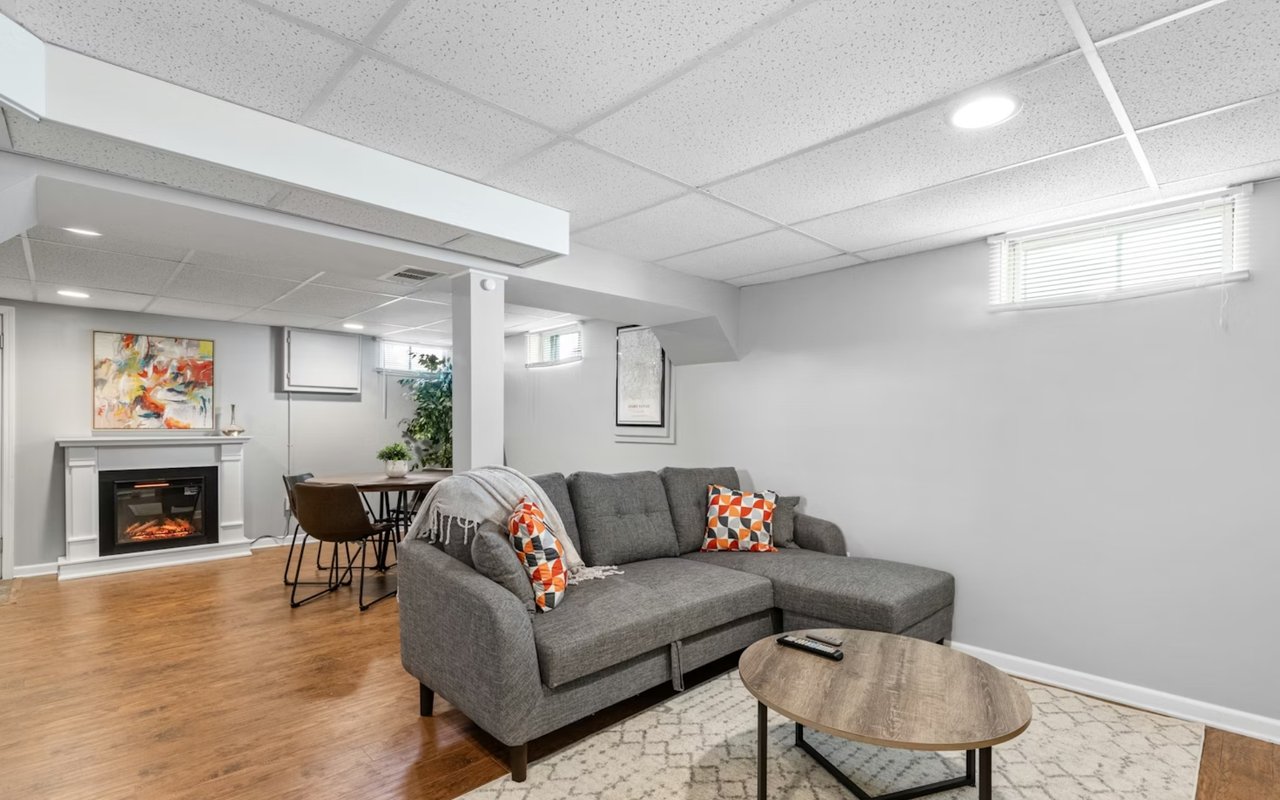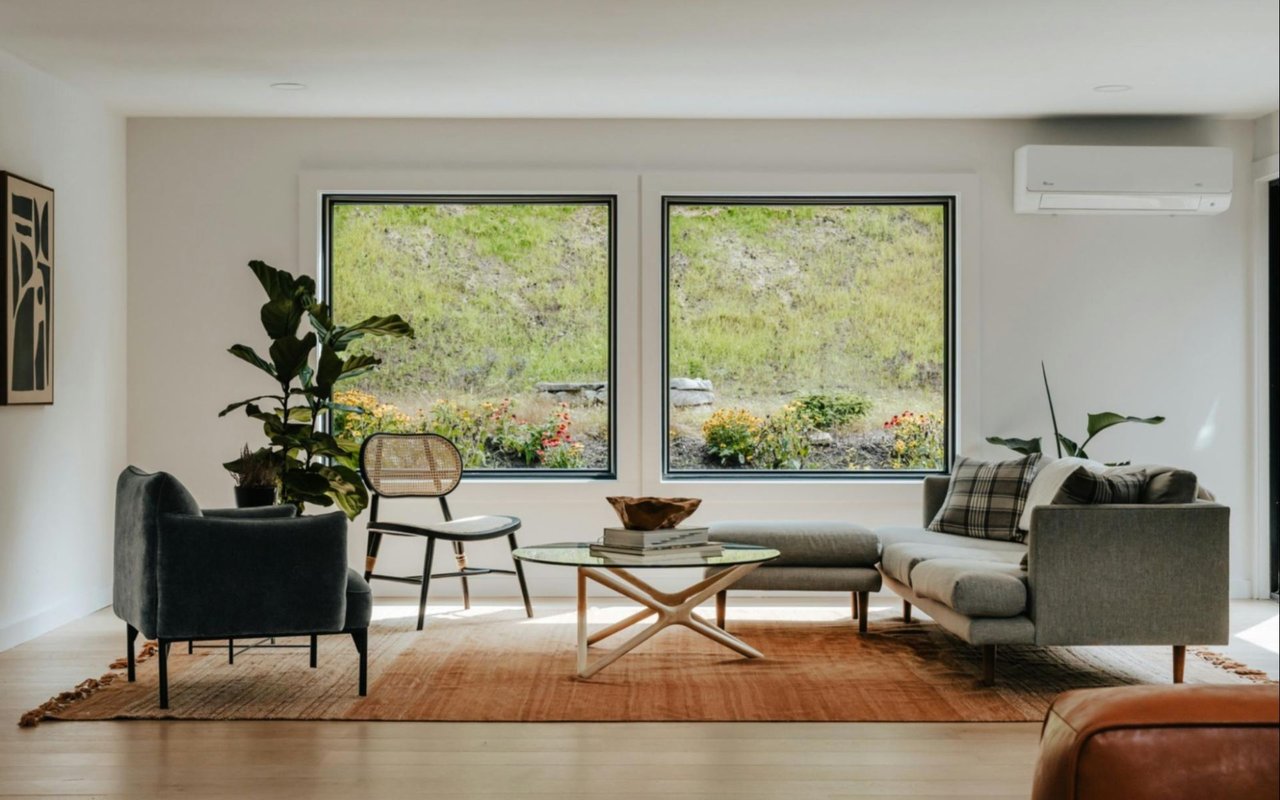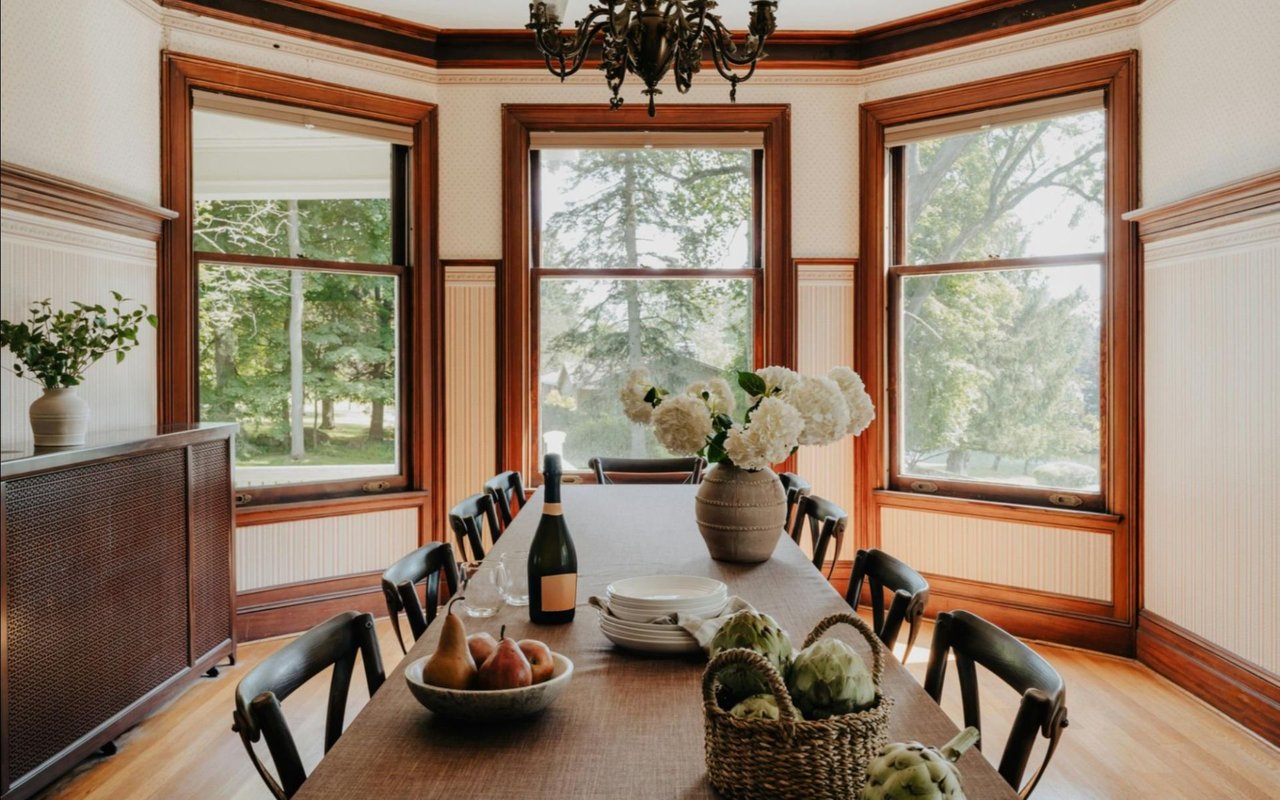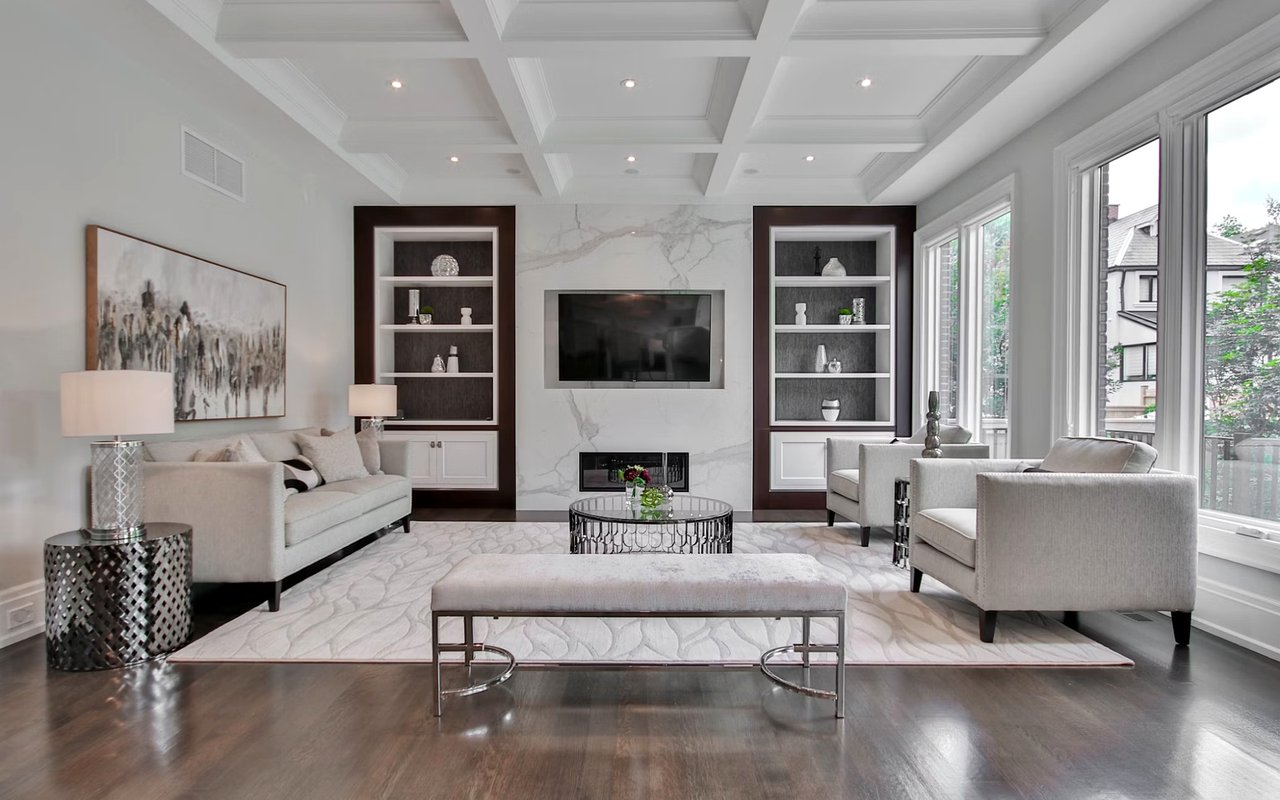On the shores of Lake Michigan and Lake Leelanau, Leland is home to both natural beauty and man-made wonders. This area uniquely blends history, culture, and design into its architecture. Explore the best of what Leland has to offer.
Fishtown Preservation
The historic fishing village of
Fishtown, with its rustic fishing shanties and weather-beaten docks, is a living museum that captures the essence of Leland's maritime past. As one of the few remaining working fishing villages in the state, the village transports visitors and locals back to a time when fishing was the lifeblood of the community. The shanties, built on stilts to accommodate the fluctuating waters of Leland River, showcase a pragmatic approach to construction that is deeply intertwined with the needs of a fishing community. The use of local materials and techniques in these buildings reflects a period when simplicity and durability were paramount. Today, these structures serve not only as reminders of the past but also as vibrant commercial spaces, housing local businesses, art galleries, and eateries that cater to both locals and visitors.
The Old Art Building
A cornerstone of Leland's cultural scene,
The Old Art Building is a testament to the community's dedication to arts and education. Built in 1922, this community center provides a charming venue for art exhibitions, classes, and community gatherings.
Grand Traverse Lighthouse
The Grand Traverse Lighthouse sits at the tip of the Leelanau Peninsula. The lighthouse’s history stretches back to 1850 when Congress first acknowledged a need to help ships navigate the nearby water. The structure is now a beacon of nautical history and architectural integrity, located within the serene environment of Leelanau State Park, just north of Leland. It now operates as a museum.
The Village at Grand Traverse Commons
The Village at Grand Traverse Commons, a short drive from Leland, is a remarkable example of architectural innovation and community revitalization. Originally established as the Traverse City State Hospital in the late 19th century, this historic site has been transformed into a thriving community space. Blending Victorian-Italianate architectural elegance with modern functionality, the sprawling brick buildings are set against a backdrop of expansive lawns and trees. Beyond its architectural significance, The Village at Grand Traverse Commons has become a vibrant community hub, fostering a unique blend of residential, commercial, and cultural uses. Boutiques, art galleries, restaurants, and cafes occupy the renovated spaces, breathing new life into the historic walls. The Commons also hosts a variety of events, from farmers' markets to concerts and art shows.
The Homestead
As a resort,
The Homestead showcases how contemporary architecture can blend in with the natural beauty of the Lake Michigan shoreline. Its design respects the topography and views, providing a seamless integration of comfort and nature.
M-22 Bridges
The iconic bridges along the
M-22 scenic drive near Leland, stand as engineering landmarks. They serve a practical purpose and enhance the aesthetic appeal of the route, offering picturesque views of the surrounding landscapes and waterways. This drive is especially popular during the fall months.
Point Betsie Lighthouse
Situated on the northeastern shore of Lake Michigan, just south of the Sleeping Bear Dunes, the
Point Betsie Lighthouse is one of the most photographed lighthouses in the United States. Built in 1858, its beautiful structure and setting make it a beloved landmark. The lighthouse's distinctive red roof, white facade, and serene beachfront location are a great example of classic lighthouse architecture, offering visitors breathtaking views and a peek into the maritime history of the Great Lakes.
South Manitou Island Lighthouse
Active from 1871 to 1958,
The South Manitou Island Lighthouse is an integral part of the Sleeping Bear Dunes National Lakeshore. Built in the 19th century to guide ships through the Manitou Passage, the lighthouse is one of the most well-known landmarks on the island. Its isolation adds to its mystique, offering a glimpse into the life of a lighthouse keeper and the crucial role these structures played in ensuring safe passage for ships navigating the treacherous waters of Lake Michigan.
The North Manitou Lighthouse, "The Crib"
The North Manitou Lighthouse, also known as "The Crib," is located offshore between the North and South Manitou Islands. The lighthouse is an iconic piece of maritime history. Recently undergoing a makeover, it stands as a unique engineering feat, marking the safe passage for ships navigating the treacherous waters of Lake Michigan. Its isolated location and distinctive structure add to the allure of Lake Michigan's maritime history, making it a must-see.
Mission Point Lighthouse
Located on the Old Mission Peninsula that juts into Grand Traverse Bay, the
Mission Point Lighthouse was built in 1870. Although it is no longer operational as a lighthouse, it has been meticulously preserved and is open to the public as a museum. It is a popular destination for those interested in architecture, history, and the natural beauty of the Michigan shoreline.
Find Your Architectural Haven in Leland, MI, with the Leelanau Living Realty Group
Exploring Leland, MI's architectural landmarks offers a glimpse into the soul of the community, where history, culture, and design converge. For those drawn to Leland's architectural beauty and historical depth, the Leelanau Living Realty Group is ready to guide you through what Leland, MI, real estate has to offer.
Contact the
Leelanau Living Realty Group today to explore the unique blend of architecture, history, and natural beauty that defines Leland, MI. Find your dream home in this exceptional community, where every corner holds a story and every structure has a history.


